Ants effectively control the damaging pear psyllid in Mediterranean orchards
In the recently published article “Ants (Hymenoptera: Formicidae) reduce the density of Cacopsylla pyri (Linnaeus, 1761) in Mediterranean pear orchards” published in Myrmecological News, Sanchez, J.A., Carrasco‐Ortiz, A., López‐Gallego, E., and La Spina, M. share that trees accessible to ants had significantly lower pear psyllid abundances than those from without ants. Here, Esteli Jimenez-Soto highlights their main points.
A View by Esteli Jimenez-Soto
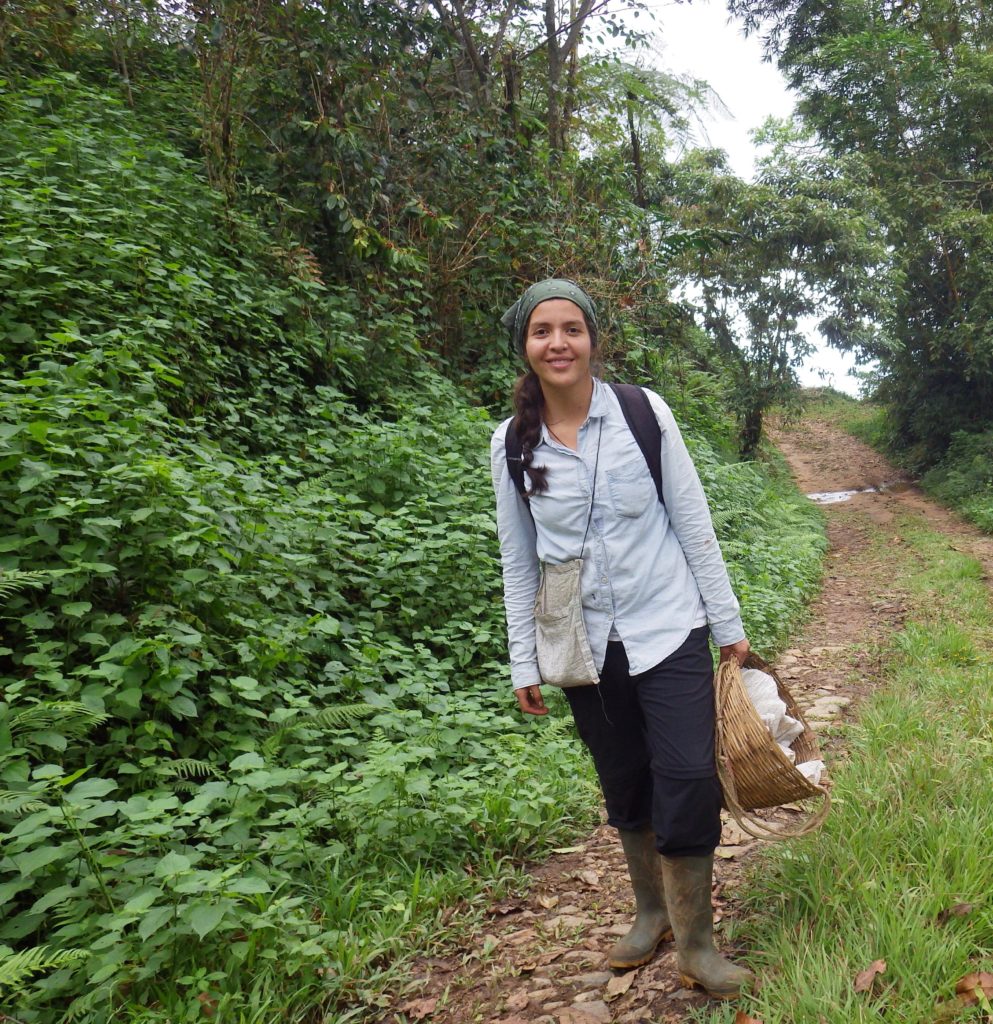
Ants are ubiquitous in natural and human-dominated landscapes and interact in a number of ways with other arthropods. Along with their diversity and abundance, their roles vary immensely with context, and the outcome of these interactions is often unknown. Given the increasing relevance of agricultural lands – one of the largest biomes on the planet as ecologists, we cannot ignore the role of ants in providing agroecosystem services.
These interactions and their outcomes are not straightforward, making it hard to determine the overall role of ants in agroecosystems. Often spatio-temporal factors and microhabitat modify the predatory ability of ants (Bronstein 1994, Ennis and Philpott 2019). How does context matter for the outcome of these interactions? Today, we continue to uncover complex and myriad interactions between ants and sap-sucking insects in agroecosystems and the significance of context dependency in understanding the effect of such interactions, particularly as it relates to ecosystem services, such as pest control.
The pear psyllid, a widely distributed pest in Central Europe which causes serious damage to pear orchards, could potentially be controlled by ants, primarily by Lasius grandis. In a recent study based at the Instituto Murciano de Investigacion y Desarrollo Agrario y Alimentario (IMIDA), in Spain, researchers set up to ask: what is the effect of ant activity on the population of the pear psyllid? In light of the importance of context-dependency for species interactions, researchers also asked what is the numerical response of ants to the availability of honeydew produced by the hemipteran? Their study tackled these questions through an experimental approach using ant exclusion barriers and three distinct levels of psyllid density on pear trees.
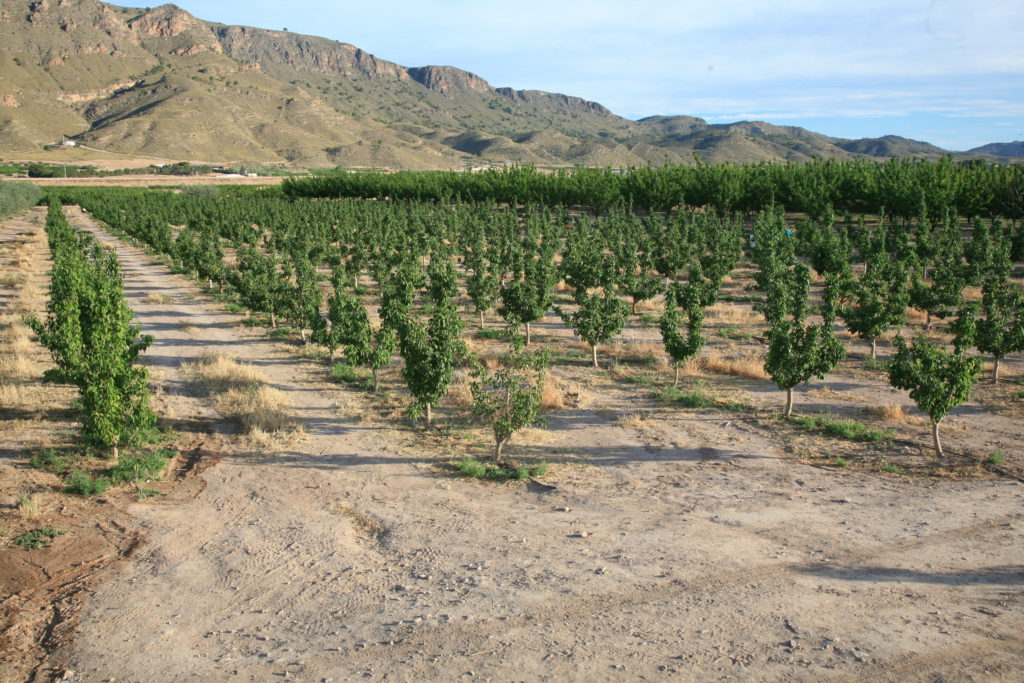
The study found that the ant L. grandis effectively controls the damaging pear psyllid (Cacopsylla pyri) in a Mediterranean orchard of Las Encebras, across different levels of psyllid density. Pear trees that were accessible to ants had a lower psyllid abundance, even at the highest level of psyllid tested. The study also confirmed the negative effect of ants on the abundance of other predators, for example, anthocorids and coccinellids. However, the strong predatory ability of ants suggests ants contribute positively to biological control despite disrupting other predators.
The ant Lasius grandis predating on the pear psyllid Cacopsylla pyri on a pear tree.
The ant Lasius grandis deters an Anthochorid, a psyllid predator used as a biological pest control agent in pear orchards.
Moreover, the availability of honeydew influences ant activity, as has been previously shown in other studies (Rivera-Salinas et al. 2018, Rico-Gray and Oliveira 2007). In this particular case, the response to sugar availability was not linear: the highest number of ants was registered at intermediate levels of psyllid density. This trend is interesting, and future studies could focus on providing a mechanistic explanation of the effect of honeydew on ant foraging behavior. The present study suggests that ant movement could be limited by excess honeydew, or that a smaller number of workers would be needed to collect the same amount of honeydew. Previous studies have also proposed that honeydew-collecting ants avoid high-risk patches in order to avoid predation (Carol and Janzen 1973), this is a possibility that could be explored in this system, where ants are potentially adjusting their activity to avoid predation or parasitism in a “high-resource” environment (Stadler and Dixon 2005).
In terms of management, the study concludes by considering the role of ants in the regulation of the pear psyllid in biological control strategies implemented in pear orchards. Additionally, given the potential negative effects of excess honeydew on trees, authors suggest a low-impact approach to manage honeydew, by washing off the excess accumulated on pear trees. This could improve psyllid predation by ants.
In agricultural systems, ants have received significant attention for their disruptive behaviors towards natural enemies as a result of their mutualistic interactions with hemipterans. Therefore, often having a negative connotation in agricultural systems. However, studies such as the one discussed here report that ant-hemipteran mutualisms can positively impact host plants. This is exciting news for agro-ecologists, as we investigate ways to improve biological pest control efforts and enhance autonomous ecosystem services provided by ants in agricultural systems.
References
Bronstein, J.L. 1994: Conditional outcomes in mutualistic interactions. – Trends in Ecology & Evolution 9: 214‐217.
Carroll, C.R. & Janzen, D.H., 1973. Ecology of foraging by ants. – Annual Review of Ecology and systematics, 4:231-257.Ennis, K.K. & Philpott, S.M., 2019. Seasonal and microhabitat differences alter ant predation of a globally disruptive coffee pest. – Agriculture, Ecosystems & Environment, 284:p.106597.
Rico‐Gray, V. & Oliveira, P.S. 2007: The ecology and evolution of ant‐plant interactions. University of Chicago Press, Chicago, 320 pp.
Rivera‐Salinas, I.S., Hajian‐Forooshani, Z., Jiménez‐Soto, E., Cruz‐Rodríguez, J.A. & Philpott, S.M. 2018: High intermediary mutualist density provides consistent biological control in a tripartite mutualism. – Biological Control 118: 26‐31.
Stadler, B. & Dixon, A.F.G. 2005: Ecology and evolution of aphid‐ant interactions. – Annual Review of Ecology Evolution and Systematics 36: 345‐372.


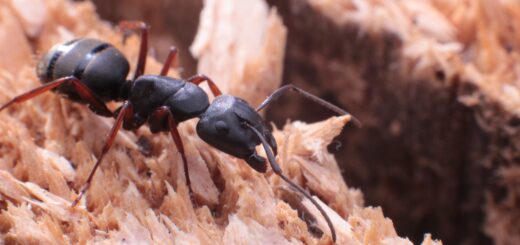
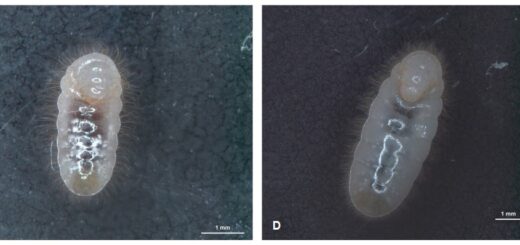
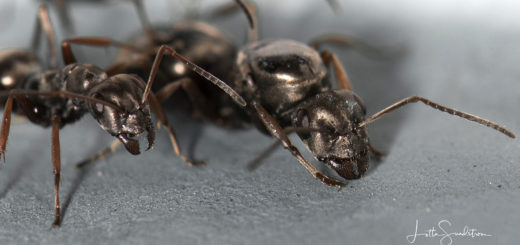
Recent Comments